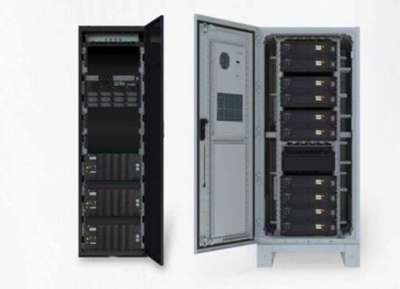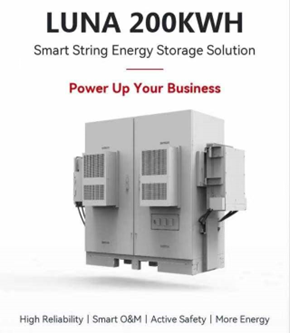Commercial solar panels, also known
as commercial solar photovoltaic (PV) systems, are solar panel installations
specifically designed for commercial or industrial buildings, businesses, and institutions.
Unlike residential solar panels that are installed on homes, commercial solar
panels are larger in scale and are typically installed on rooftops or
ground-mounted systems. This article will provide you with some advice to
ensure a successful installation of commercial solar panels.
14 Tips for a Successful Commercial
Solar Panel Installation
Site assessment
Conduct a thorough site assessment
to determine the solar potential of the location. Consider factors such as
solar access, shading, roof orientation, and structural integrity. This will
help optimize the design and placement of the solar panels.
System design
Work with a professional solar
installer or engineer to design the system based on your energy needs and
available space. The design should take into account factors like panel
capacity, inverter sizing, wiring, and system monitoring.
Permitting and regulations
Understand and comply with local
regulations and obtain the necessary permits for the installation. This may
include building permits, zoning approvals, and interconnection agreements with
the utility company.

Quality components
Use high-quality solar panels,
inverters, mounting systems, and other components. Opt for reputable
manufacturers and products that meet industry standards and have a proven track
record.
Professional installation
Hire experienced and certified
installers who are knowledgeable about the commercial solar panel installation. They should follow best industry practices, adhere to safety
guidelines, and ensure proper electrical connections and waterproofing.
Efficient wiring and connection
Ensure that the solar panels are
properly wired together and connected to the electrical system. This includes
inverters, electrical panels, and utility metering systems. Proper wiring and
connection minimize power losses and maximize system efficiency.
System monitoring
Install a monitoring system that
allows you to track the performance of the solar panels in real-time. This
helps identify any issues or underperformance, enabling timely maintenance and
optimization.
Ongoing maintenance
Develop an ongoing maintenance plan
for the solar panels. This includes regular inspections, cleaning, and
potential repairs. Monitoring system performance regularly and addressing any
issues promptly is crucial for optimal energy generation.
Performance evaluation
Periodically evaluate the
performance of the solar panels against the expected energy generation. This
helps identify any performance degradation or potential improvements that can
be made to enhance the system’s efficiency.

Optimal panel orientation and tilt
Determine the optimal panel
orientation and tilt angle to maximize solar exposure and energy generation.
This is typically based on the geographical location and local climate
conditions. Adjusting the panel tilt angle seasonally can further optimize energy
production.
Proper roof preparation
Ensure that the roof where the
solar panels will be installed is in good condition. Repair any existing roof
damage or leaks before the installation. Consider reinforcing the roof
structure if needed to accommodate the weight of the solar panels.
Ground mount considerations
If a ground-mounted system is being
installed, pay attention to factors such as soil conditions, foundation design,
and proper grounding for safety and stability. Adequate drainage and leveling
of the site are also crucial for long-term system performance.
System commissioning
Once the installation is complete,
perform a thorough commissioning process to verify that the system is
functioning as intended. This includes checking electrical connections,
conducting performance tests, and configuring monitoring systems.
Regular performance monitoring
Continuously monitor the
performance of the solar system to identify any performance issues, such as
shading, equipment malfunctions, or suboptimal energy generation. Regular
monitoring allows for timely troubleshooting and maintenance to maximize system
efficiency.
Conclusion
By following these guidelines and
working with experienced professionals, you can ensure a smooth and efficient
installation of commercial solar panels that maximizes the energy production
and benefits of your system.
